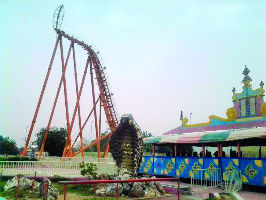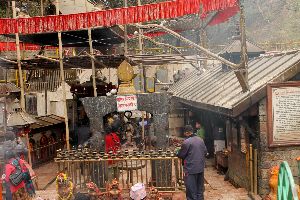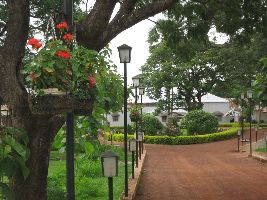Kos Minars
About Kos Minars
The Kos-minars, erected during reign of Mughal Emperor Jahangir are the earliest known examples of the 'road milestones' in the Indian History. In 1619 AD, Emperor Jahangir ordered Bakir Khan, the Fauzdar of Multan, to erect a minaret at every Kos (a distance of 2 miles and approximately 3.22 kms.) on the old imperial route. Kos-minars are plastered solid bricks structures standing on a square platform. Each minar soars from a tapering octagonal base.
Kos Minars became an institution during the rule of the Mughals that Emperor Jahangir and Shah Jahan, following in their predecessor’s footsteps added to the existing network of Kos Minars. In the north they were extended as far as Peshawar and in the east to Bengal via Kannauj. Over the years these road monuments have gone into a state of disrepair and are almost lost in obscurity. Along India's old highways, particularly the Grand Trunk Road, one still finds Kos Minar.
There is a huge market around the tower and hawkers are in continuous effort to take over the land. Thus, the tower is declared as a protected monument under the Ancient Monuments Preservation Act. The monument has been cleaned and renovated but further conservation is needed.
Noida Tour Packages
3 Days 2 Nights greater noida to almora Culture and Heritage Tour Package
Kos Minars Rating & Reviews
- Home
- India
- Noida Tours
- About Kos Minars
- Log in
- Enquiry Form
To City (Destination)
From City
Travel Date
Travel Duration (In Days)
Adult
Child
Infant
Travel With
Hotel
Rooms
Type of Trip
Total Budget (in INR)
Ticket Booked ?
Ticket Required?
Mode of Transport
Ticket Category
I will book
Date of Birth
Gender
Marital Status
Income (Per Month)
Nationality
Preferred Language
Total countries visited so far
Do you have a Visa ?
Do you have a Passport?
Preferred Time to Call
We have identified additional inquiries related to your tour. Please review them and let us know if there are any inquiries you would like us to remove.
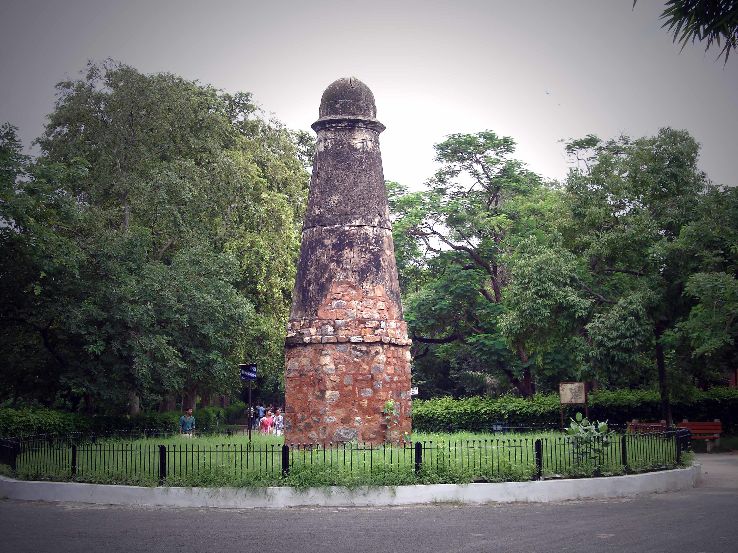


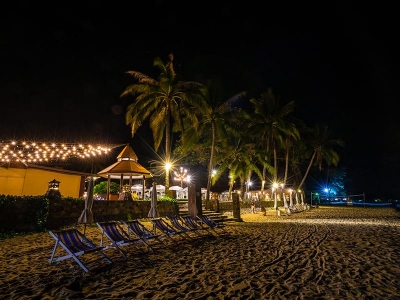

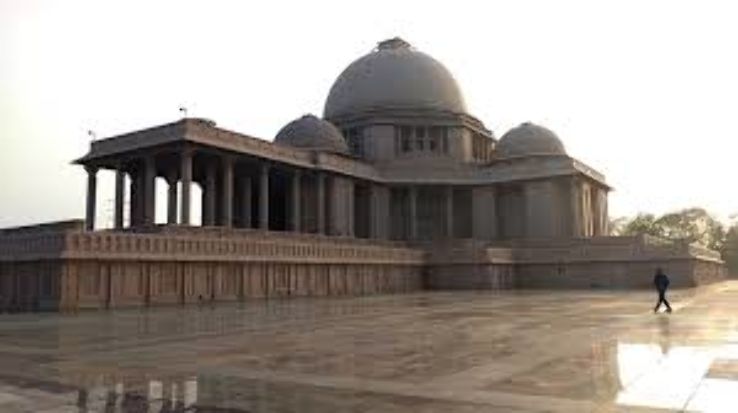

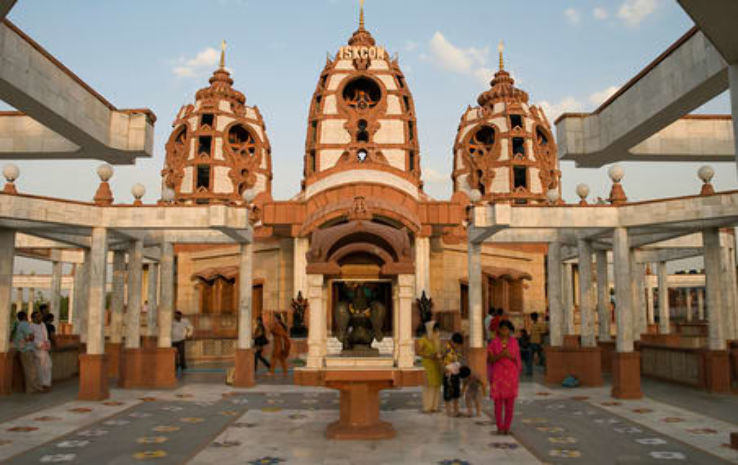

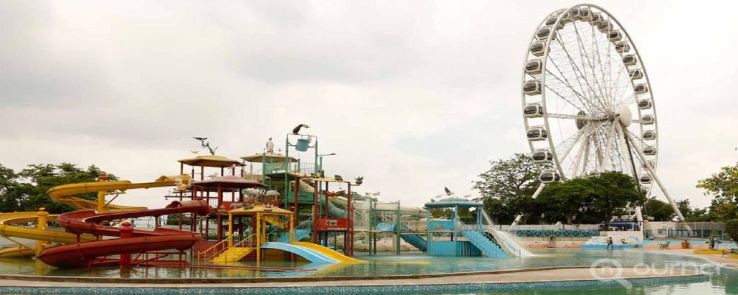


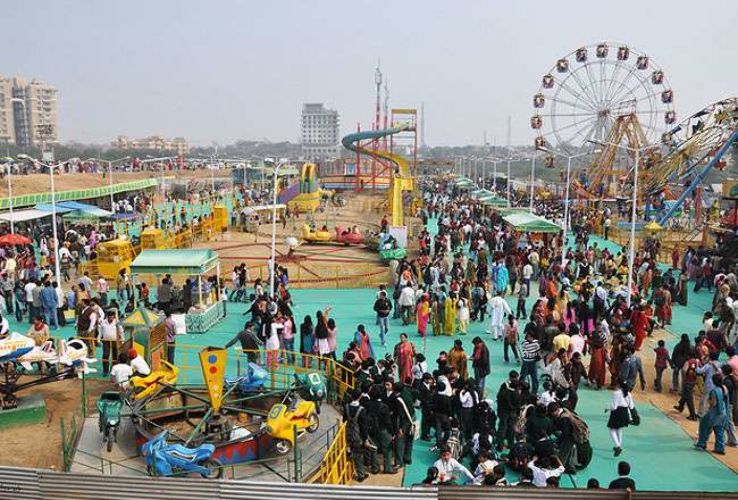







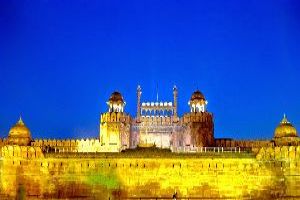




_1511245397t.jpg)
_1508092761t.jpg)

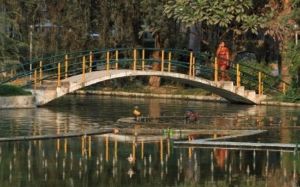
_1522933102t.jpg)




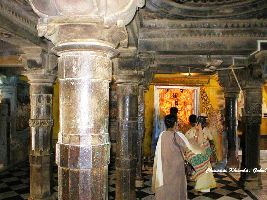

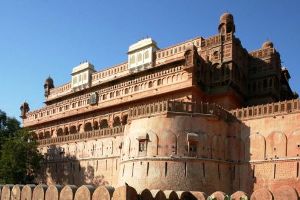
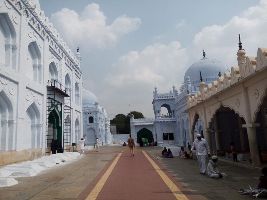

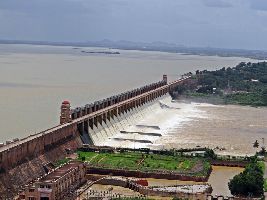

_1508856509t.jpg)


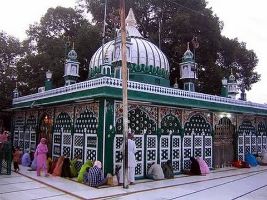
_1522933661t.jpg)
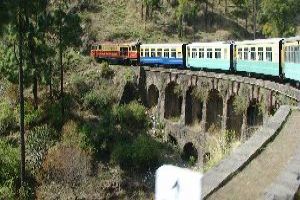

_02_1523438318t.jpg)
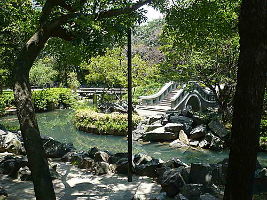


_1517026706t.jpg)

_1516795967t.jpg)
